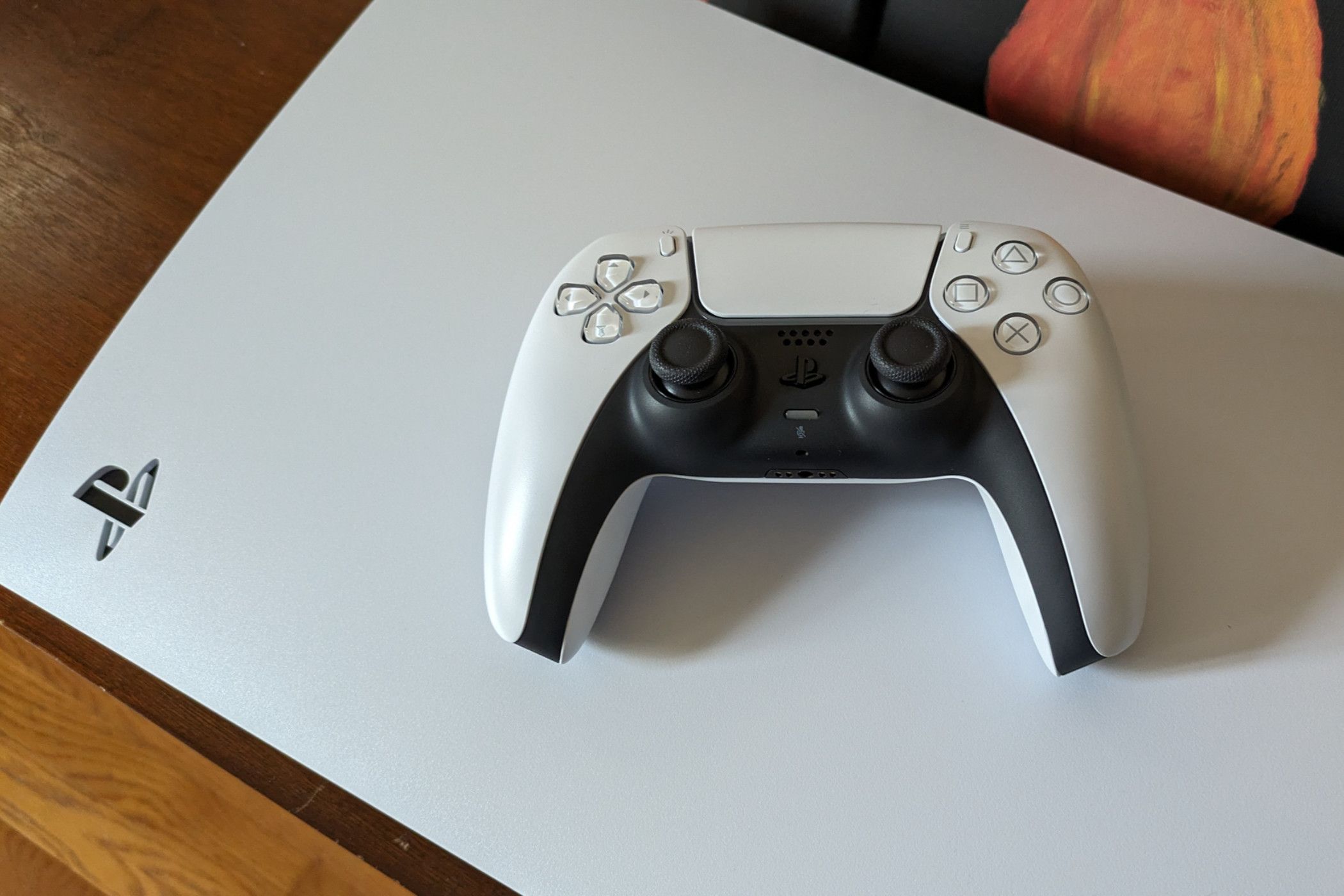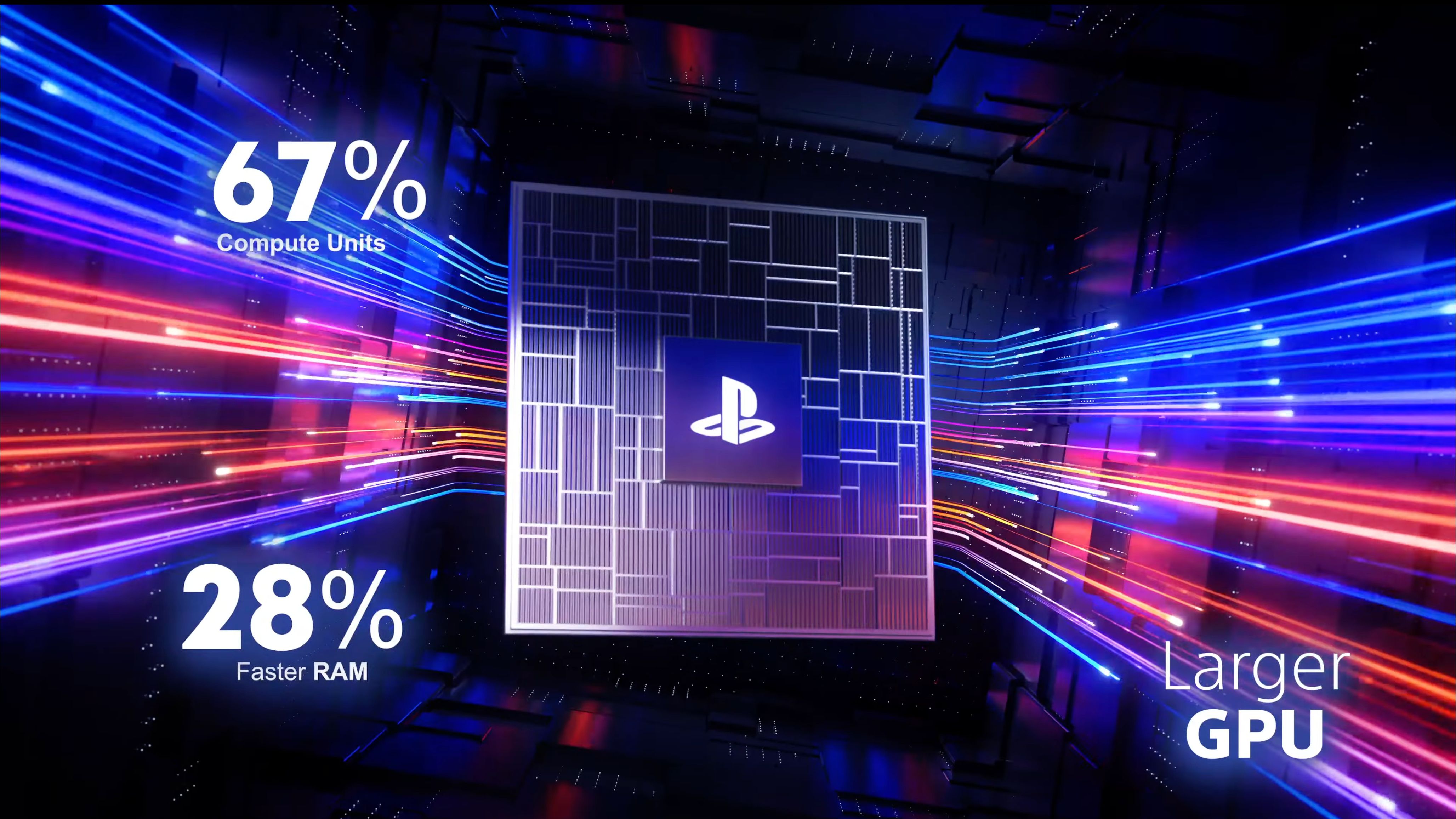Key Takeaways
- 40 FPS offers a balance between graphics and performance on consoles.
- Games require a 120Hz monitor for stable 40 FPS play (and some games don’t let you select them without one).
- Many AAA titles already incorporaty 40 FPS modes for improved gameplay, with more likely to follow with the release of mid-gen refresh consoles like the PlayStation 5 Pro.
Do you have trouble deciding between graphics and performance modes when gaming on a modern console? The answer lies in between those options at 40 frames per second. Games that utilize this frame rate offer a best-of-both-worlds experience, without having to buy a PlayStation 5 Pro.
Refresh Rates, Frame Rates, and Frame Pacing
First, let’s establish some concepts that are crucial to understanding how 40 FPS modes work.
The refresh rate of a display represents how many times a screen can display an image per second. For example, 60Hz screens can refresh 60 times, thus capping them at showing 60 frames every second. A 120Hz screen can refresh 120 times, which allows up to 120 FPS to be displayed.
Of course, the ability for these frames to be displayed is based on what the hardware is capable of outputting and any software caps in place. This is what we mean when referring to frame rate. Nearly all modern games typically have two modes that dictate this output: “fidelity” (usually 30 FPS with higher graphics settings) and “performance” (60 FPS with lowered graphics settings).
To get a stable image, the frame rate of a game should match or be evenly divisible by the display’s refresh rate. This is why 30 FPS is a standard: it’s refreshing at exactly half the rate of a 60Hz display’s capability. We can further see how this works when working out frame pacing—the rate at which each single frame is produced within a second—of both thresholds.
By dividing the 1000 milliseconds in a second by the frames generated, we can see that at 60fps each frame is on-screen for 16.67ms, and at 30 FPS they’re displayed for double that length at 33.33ms.
When this even split is disrupted by fluctuations in frame rate, it causes games to feel slow and unstable. This disruption to fluid frame pacing is called stutter. Alternatively, content that refreshes at a rate that can’t be evenly divided by the display’s refresh rate produces judder, which is image instability that occurs when some frames are held for longer durations than others.
This is a problem on 60Hz displays with films and television shows which refresh at roughly 24 FPS, though modern displays have ways to reduce this issue. For our purposes though, it’s also why 60Hz displays can’t properly display 40 FPS content.
Why 40 Frames Per Second Works
At 25ms, 40 FPS is the frame pacing midpoint between 30 FPS and 60 FPS. This is why it’s a logical solution for getting smoother performance than fidelity modes while offering visual bells and whistles otherwise exclusive to graphics modes. However, it’s not quite that simple.
For one, you’ll need a 120Hz monitor to play games at 40 FPS. This is for the same reason that 30 FPS works on 60Hz monitors: 120 is evenly divided by 40. By this same calculation, you’d experience judder if you ran 40 FPS modes on a 60Hz monitor. A good nuymber of new TVs run at a refresh rate of 120Hz, but you should make sure to check what yours runs at to see if 40 FPS modes are right for you.
Developers also need to include 40 FPS modes in their games. While there are plenty of examples, it’s still far from the norm. Hopefully, increases in the fidelity of games will push more developers to provide this option if graphics modes become too strenuous on current-gen base consoles.
The Difference is Notable
The step from 30 to 40 FPS is—at least in my estimation—an even more substantial upgrade in-game performance than the jump from 40 to 60 FPS. A lot of this comes down to how similar these modes usually look and feel.
Controls can feel more responsive at 40 FPS, especially given these modes often come with lower input latency. While 60 FPS will still feel more fluid to those for whom frame rates are easily perceptible, many games are more likely to maintain a consistent 40 FPS, which means less choppy gameplay.
Remember that 40 FPS modes only require 10 more frames to reach the midpoint threshold, giving them more room to increase graphics settings or otherwise optimize for superior performance. Typically, 40 FPS modes run at a lower resolution than graphics modes but increase the density and detail of a game’s visuals to approach similar visual prowess.
This includes adding features like ray tracing that are typically reserved for 30 FPS modes. In many ways, this is the “best of both words” approach for PlayStation 5 owners that has some level of parity to the PlayStation 5 Pro’s super-setting that combines 60 FPS with high graphics settings for many games.
Decreases in resolution also matter less than ever in an age where nearly every game you play is upscaled, even at its highest fidelity option. Upscaling allows games to use their processing power on more impactful graphical elements while providing a sharp image quality. Given that rendering resolution is one of the main concessions of 40fps modes, this downside is entirely insubstantial.
Games Already Use 40 FPS Modes
There are already quite a few games on PlayStation 5 and Xbox Series X that include 40 FPS modes, some of which you likely already own.
At the forefront of this innovation is Insomniac Games, the creators of the Marvel’s Spider-Man and Ratchet & Clank franchises. All of the studio’s games on PlayStation 5 include what they dub “Performance RT” modes that decrease the rendering resolution while locking the frame rate to 40 and increasing graphical settings, namely adding ray tracing. This is particularly noteworthy in the Spider-Man games, where part of the visual splendor is the reflections on faux-New York City’s high rises (I have to give props to any developer who wants to make my home look pretty).
Other Sony first-party studios have jumped aboard the 40 FPS train as well, including Naughty Dog with both The Last of Us entries, Guerrilla Games with the Horizon franchise, and Santa Monica Studio with God of War: Ragnarök. Microsoft and Bethesda have also brought this to Xbox Series X in Starfield, Fallout 4, and Microsoft Flight Simulator.
Lastly, some third-party heavy hitters like Hogwarts Legacy, Avatar: Frontiers of Pandora, and Star Wars Outlaws have also joined the fray, though hopefully, it will become a more commonplace practice among these multi-platform games in the future.
This isn’t at all a complete list so it’s worth checking if the game you’re playing has a 40 FPS mode on offer. Also, many of these games had 40 FPS modes patched in after launch so it’s possible more released games could receive one. While there aren’t any upcoming games currently confirmed to have a 40 FPS mode (we typically don’t learn these details prior to release), the recent PlayStation 5 remaster of Horizon: Zero Dawn included one.
The Future of 40 Frames Per Second Modes
While some developers have implemented 40 FPS modes, it’s still the exception rather than the rule. Sony seems committed to implementing it in most of its marquee titles, with Microsoft also showing sporadic interest, but only a scant few third-party titles are currently onboard.
This could be set to change with the advent of the PlayStation 5 Pro. Developers are going to create more hardware-intensive versions of their games for this higher-spec console, and 40 FPS modes would be a great way to offer a similar-in-spirit experience to base PlayStation 5 owners.
Along these same lines, 40 FPS could be a great standard for the Switch 2 if that console ends up being powerful enough to attain it. This would also mean that the device would need a handheld mode screen that supports the refresh rate, which isn’t particularly likely, just as Nintendo offering multiple graphics modes isn’t likely.
Even if none of this comes to pass and 40 FPS modes remain luxuries afforded the highest budget games, I recommend giving them a shot if you haven’t yet. Both fans of performance and fidelity modes may be surprised at how much there is to like here.








